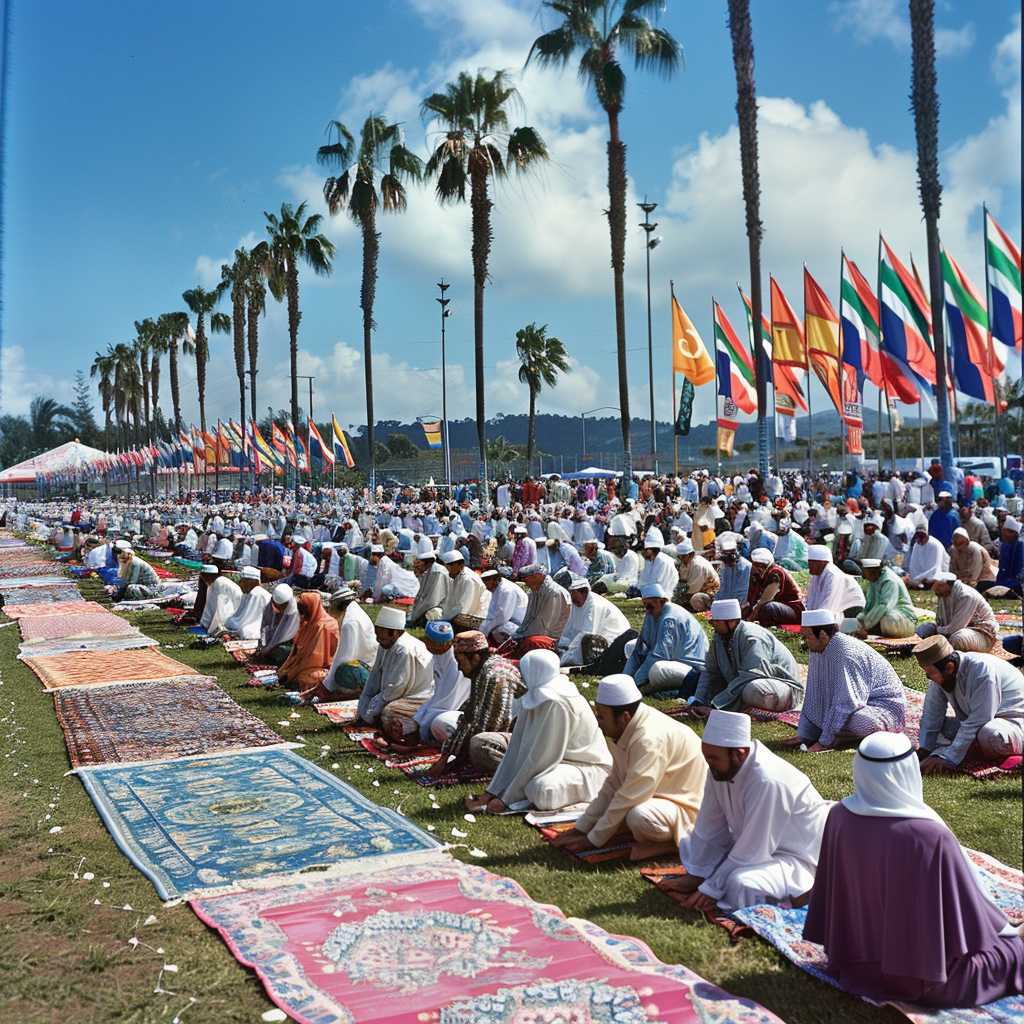Understanding Eid: Celebrating Faith and Tradition
Eid is a term that encapsulates two major Islamic holidays celebrated by Muslims all over the world: Eid al-Fitr and Eid al-Adha. Although both are referred to as “Eid”, they are distinct in their significance and the rationale behind their observance. This article will delve into the cultural and religious facets of both festivals, following the prescribed instructions for political neutrality and expansiveness.
The Significance of Eid in Islam
Both types of Eid carry heavy weight in the Islamic tradition, representing not just moments of joy and celebration but also deep religious significance that ties back to the Quran and the Prophet Muhammad’s teachings.
Eid al-Fitr: The Festival of Breaking the Fast
The Commemoration of Ramadan’s Conclusion
Eid al-Fitr is celebrated at the end of Ramadan, the Islamic holy month of fasting. It signifies a period of reflection, spiritual growth, and heightened devotion. The observance of fasting from dawn until sunset during Ramadan is one of the Five Pillars of Islam, and Eid al-Fitr marks its completion. This day is seen as a reward for the sacrifices made and it’s a time when the community joins together in a spirit of joy and brotherhood.
Traditions and Customs on Eid al-Fitr
On Eid al-Fitr, Muslims congregate for a special community prayer in the morning. Before this prayer, they must perform Zakat al-Fitr, an obligatory act of charity given to the poor to ensure that they can also partake in the festivities. The rest of the day is typically spent enjoying meals with family and friends, sharing greetings of “Eid Mubarak,” which means “Blessed Eid,” and giving gifts, especially to children.
Eid al-Adha: The Festival of Sacrifice
Commemorating Prophet Abraham’s Devotion
Eid al-Adha marks another pivotal event – it commemorates the willingness of Prophet Abraham (Ibrahim) to sacrifice his son in obedience to God’s command. However, before he could carry out this act, God provided a ram to be sacrificed instead. This story marks a significant point about faith, sacrifice and obedience to the will of God.
Pilgrimage and Rituals on Eid al-Adha
This festival also marks the culmination of Hajj, the annual Islamic pilgrimage to Mecca, which is a lifelong aspiration for many Muslims and another Pillar of Islam. Detailed rituals are observed over several days, central among them being Qurbani or Udhiya – the sacrificing of livestock. The meat from the sacrifice is divided into thirds; one part is kept by the family, another is given to relatives, friends, and neighbors, and the third portion is donated to the poor.
Global Celebrations and Observances
While each region may have specific customs attached to Eid celebrations, certain practices unite Muslims globally during these times.
Universal Observances Among Diverse Cultures
Muslims from every corner of the globe celebrate Eids according to Islamic principle but infuse them with their local customs. While certain practices are commonly shared – such as donning new clothes, preparing special foods, visiting friends and relatives – every culture adds its own flavors making each Eid experience unique.
Impact on Sociocultural Dynamics
In countries where Muslims constitute significant portions of the population, both Eids are often public holidays. These festival days offer an opportunity for society at large to experience elements of Islamic culture through open festivals or interfaith events promoting unity and mutual understanding.
Economic Relevance of Eid Celebrations
Economically speaking, Eids stimulate markets because they involve purchasing new clothes, food items for feasts, and gifts. There are specific economic benefits in countries with large Muslim populations where these festivals propel consumer spending significantly.

